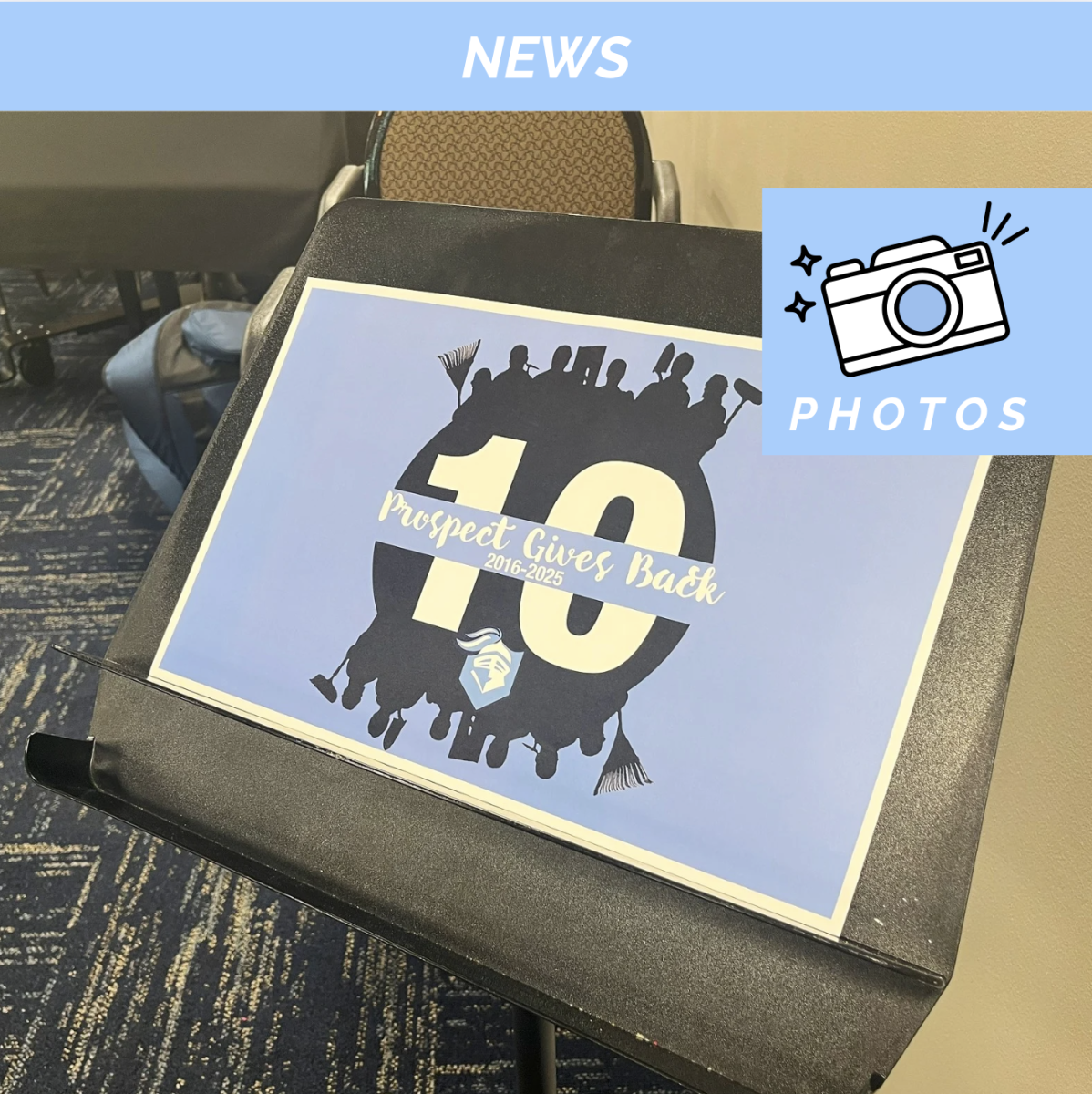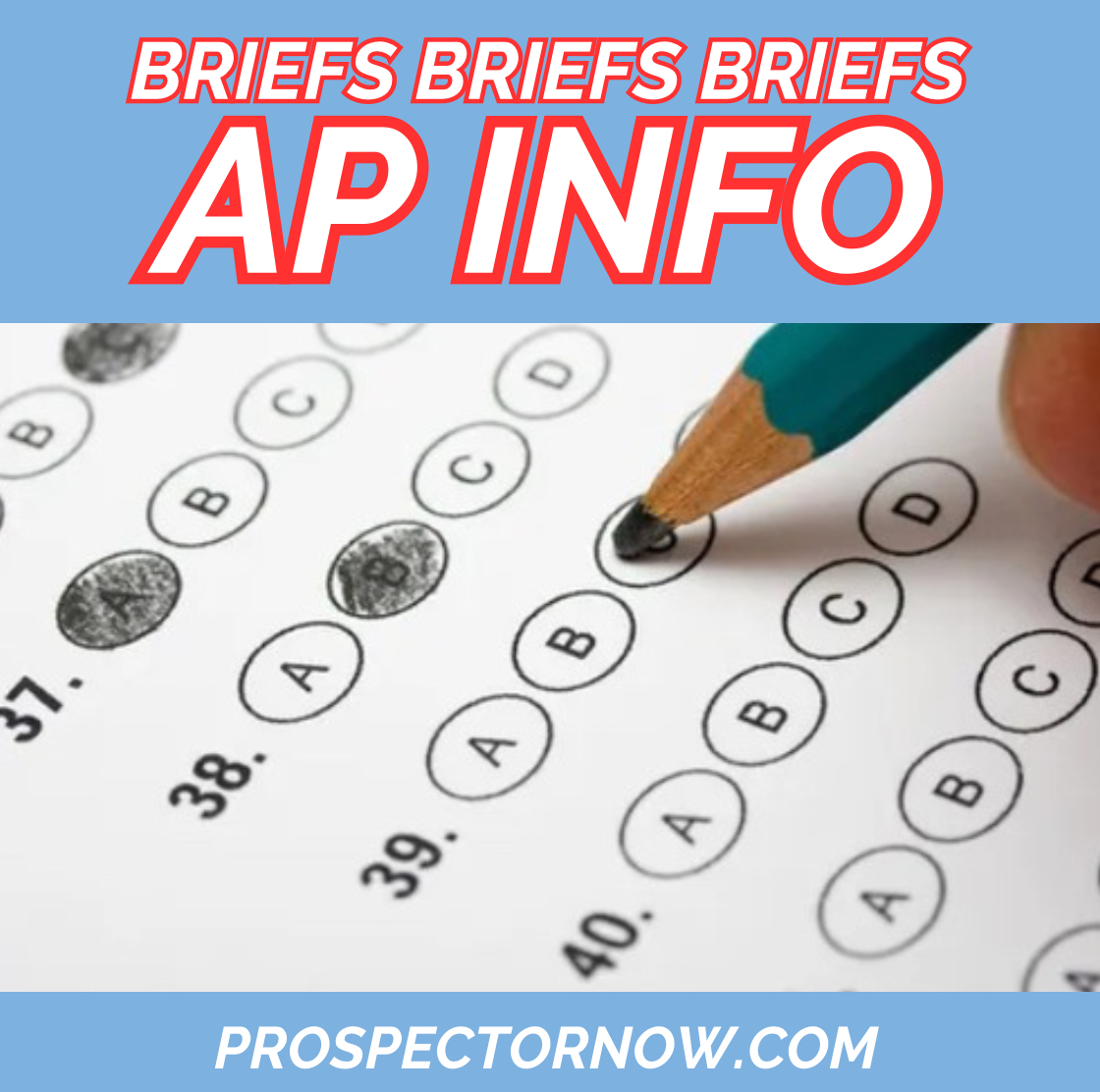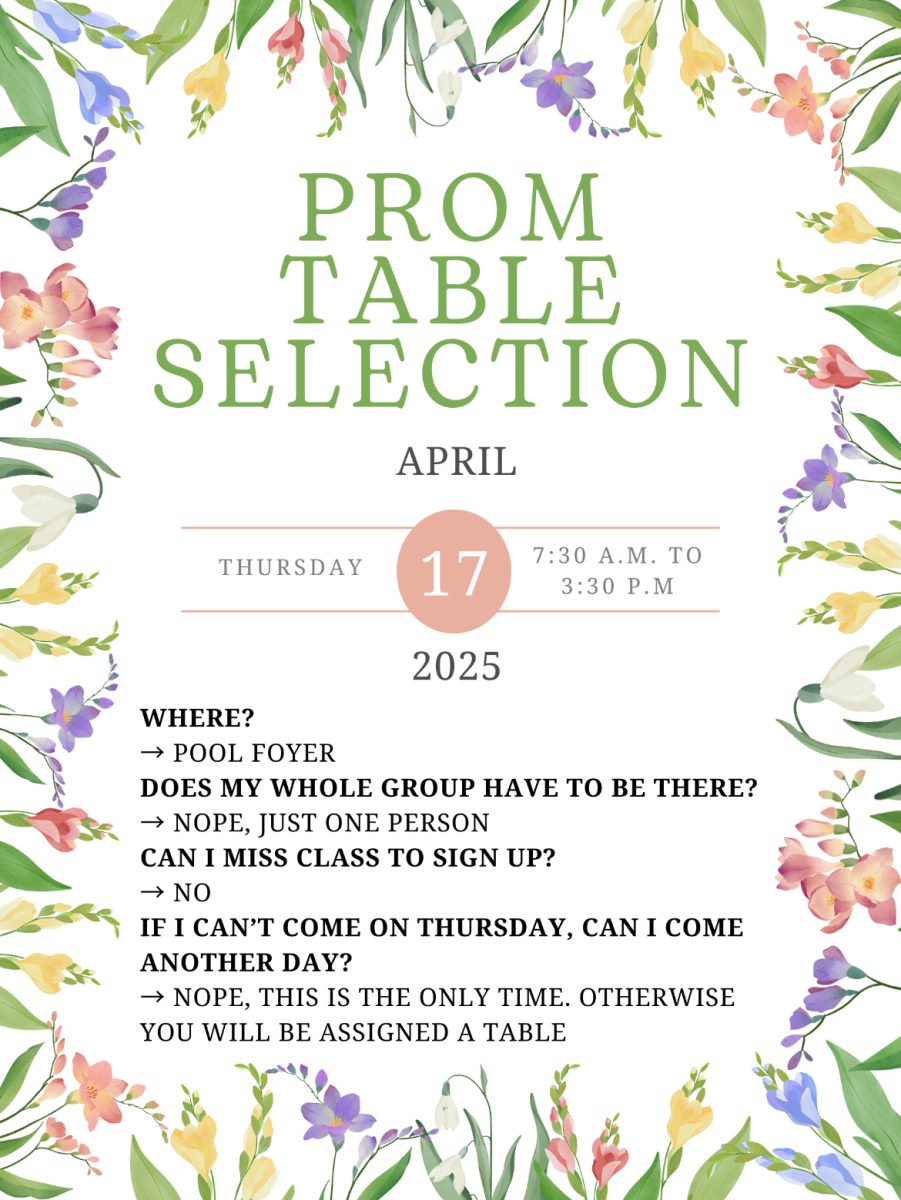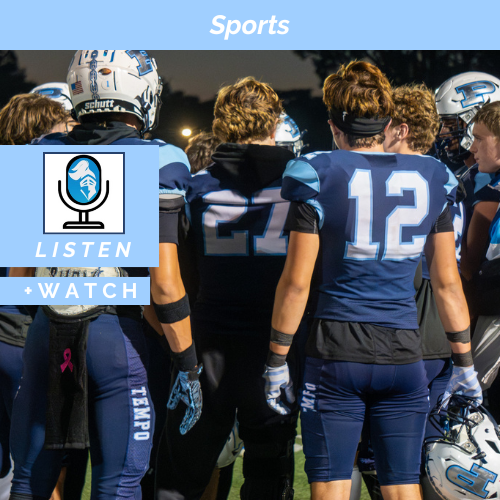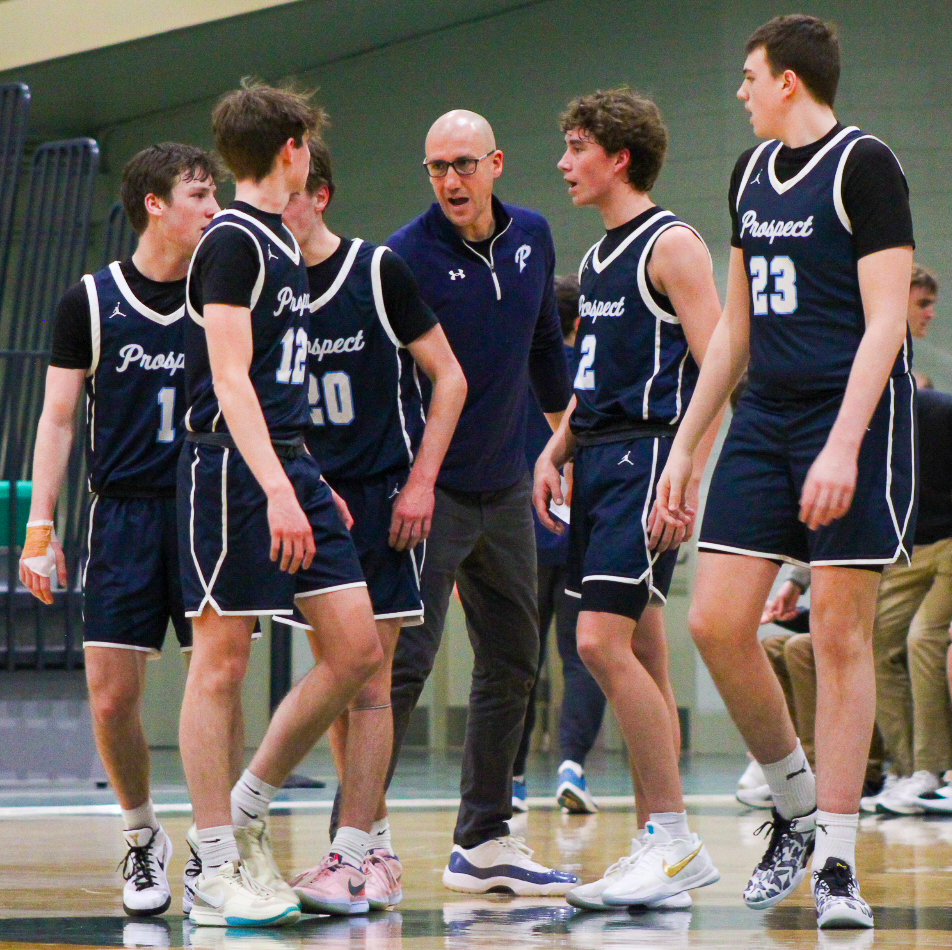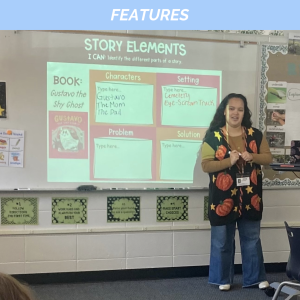ENGLISH CLASSES CONTINUE CLASSICS, INCLUDE NEW WORKS
March 12, 2020
Last year, senior Luke Sparreo took AP Language and Composition where he read John Steinbeck’s “Grapes of Wrath.” While uncertain at first, he loved the book because the characters were average people that were trying to get through life during the Dust Bowl. He also liked how the book relied on small details that added a lot to the story.
“[‘Grapes of Wrath’] is so iconic to the American story –– moving out west, starting from scratch [and] trying to achieve your dreams,” Sparreo said. “That’s such an ideal that we want to live up to even today.”
According to ThoughtCo.com, “Grapes of Wrath” is one of the most common books to be read in high school. There is a group of books read in high school throughout the years, according to ThoughtCo.com (See “Worldwide Works”).
These books have been identified as classics and are still read today in high schools because of their universal themes and messages that apply to today, according to English teacher Tim McDermott.
For example, every year, freshmen read “Romeo and Juliet” which came out 425 years ago. English teacher Karen Kruse teaches AP Literature and Composition where students read a variety of older works such as “Pride and Prejudice,” “Heart of Darkness” and “Hamlet.”
She explains that the themes in books her students read in AP Literature and Composition include wisdom through suffering, parental expectations and stereotypes in society.
“The messages that [older books] have still somehow resonate with us,” Kruse said. “If you’re reading ‘Macbeth,’ you can open any newspaper or news feed, and you’re going to find some story about somebody whose ambition has led to their downfall in one way or the other.”
This is the reason junior Mary Lazzaretti enjoys reading older literature such as “Romeo and Juliet” and “To Kill A Mockingbird.” For example, “To Kill A Mockingbird” goes into an in-depth analysis of racism and society in general, which is something she definitely believes people can still relate to or see in today’s world.
“I think [students] go into [reading classics] with this preconceived notion that ‘This isn’t going to apply to my life today; no way,’” McDermott said. “But what a good teacher will do is make them realize that authors [back then] were still writing about themes that still apply in today’s world.”
McDermott teaches Contemporary Literature, a class that reads modern books and discusses the themes and symbolism within them. They read books including “The Book Thief,” “Kite Runner,” “The Curious Incident of the Dog in the Night-Time” and “The Language of Flowers.”
Sparreo took Contemporary Literature last semester and really enjoyed reading modern books because he could relate to the characters a lot more. He explains that when characters are going through similar struggles as you are, it’s easier to understand and feel for them.
He also likes learning about current world events. For example, in the “Kite Runner,” the book focuses on the struggles of people living in Afghanistan.
“I do kind of think that the schools should move on a little bit,” Sparreo said. “There’s still value in teaching older books, but I think there should be a bigger balance between teaching older books and newer books because, up until I took this one semester class, I never read any contemporary books in school, and I think there’s a lot of value in them.”
McDermott tries to bring new works into the curriculum when he can to bring even more themes and analysis to the class. He wants to add a play called “Two Trains Running” that takes place in the Civil Rights Movement during the 1960s. Like “The Great Gatsby,” it has themes of the American Dream.
However, McDermott and Kruse both believe that older literature is sometimes harder for students to read and comprehend because the language is really different. Kruse explains this is why some students struggle with older literature or tend to dislike it all together.
“Language evolves over time,” Kruse said. “Just like TV shows you watch, you’re kind of like ‘Oh, that’s so dated’ … you can look at the clothes, the situations, the jokes … things change, and so the literature is dated; the language can be hard for kids to understand.”
Because of this, Kruse has many student discussions in her classes and also has study questions that force students to go back and reread the text in order to understand both the plot and themes better. McDermott does similarly in his other classes to relate the titles to the bigger themes as often as possible.
“My goal [with older and newer literature] is that every student sees how a particular title connects to his or her life, or at least [to] the world today,” McDermott said.
Worldwide Works:
*according to ThoughtCo.com
- Homer’s “The Odyssey” Around 750 B.C.E.
- William Shakespeare’s “Romeo and Juliet” 1595
- William Shakespeare’s “Macbeth” 1606
- William Shakespeare’s “Hamlet” 1609
- Nathaniel Hawthorne’s “The Scarlet Letter” 1850
- Mark Twain’s “Huckleberry Finn” 1884
- F. Scott Fitzgerald’s “The Great Gatsby” 1925
- John Steinbeck’s “Of Mice and Men” 1937
- William Golding’s “The Lord of the Flies” 1954
- Harper Lee’s “To Kill A Mockingbird.” 1960


